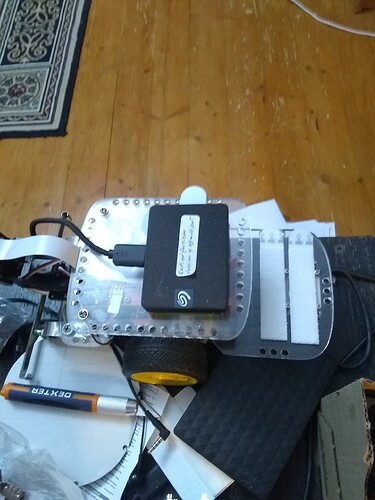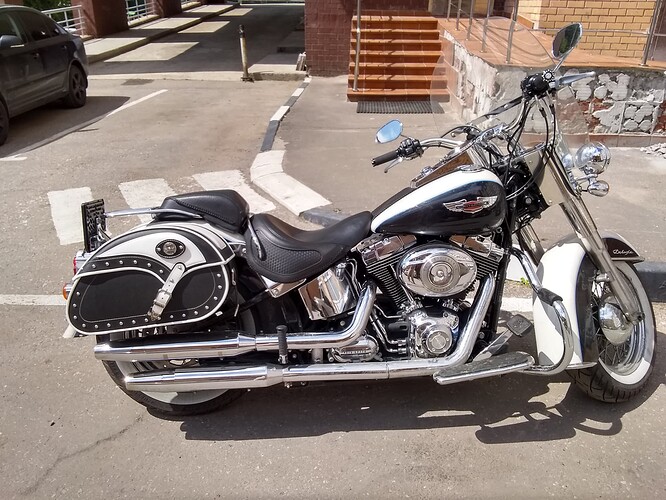??
Isn’t that what the boards are for?
I’ve heard repeated statements about the supposed advantages and credibility of the TurtleBot for ROS. At something like 2x the cost, I was really interested in what the “where the rubber meets the road” advantages were.
(And yea, maybe I’m a bit protective.)
So, I am sorry if you found my request for information “presumptuous”. It wasn’t intended to be.
Of course you should. No one denies that.
You have the absolutely unquestioned right to wonder if putting a Pi-4 on a GoPiGo isn’t stretching sanity to its limits.
Others may disagree, but that’s OK too.
In my case, I absolutely did not understand, (make that read: wasn’t able to read between the lines of the previous postings), what all the shouting was about, so I asked.
When the answer didn’t happen, I gave it (what I thought was), a gentle nudge.
I am sorry that you thought I was climbing your derriere about this.
So, as I read this, the answer works out something like this:
GoPiGo vs TurtleBot:
GoPiGo - Inexpensive and can be modified to launch Saturn-V rockets, but YOU have to do the heavy lifting.
Real World Example:
Volkswagen Beetle with a blown V8 used for drag-racing.
TurtleBot - Costs like oil rights, but is the, (or one of the), standard reference implementations for ROS, therefore everything works right out of the box with minimal fiddling.
Real World Example:
The HP Laserjet 4 - the standard which all other printers are compared to - it’s a tank, and still working to this very day. (And I even have one!)
What say ye?


